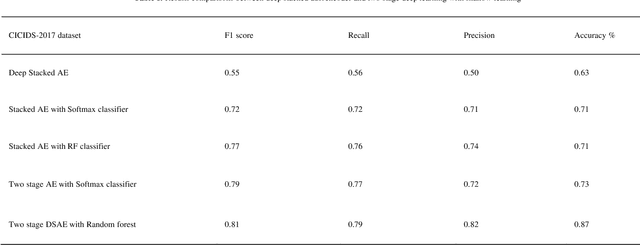Syed Ibrahim S P
Advanced Knowledge Extraction of Physical Design Drawings, Translation and conversion to CAD formats using Deep Learning
Mar 17, 2024Abstract:The maintenance, archiving and usage of the design drawings is cumbersome in physical form in different industries for longer period. It is hard to extract information by simple scanning of drawing sheets. Converting them to their digital formats such as Computer-Aided Design (CAD), with needed knowledge extraction can solve this problem. The conversion of these machine drawings to its digital form is a crucial challenge which requires advanced techniques. This research proposes an innovative methodology utilizing Deep Learning methods. The approach employs object detection model, such as Yolov7, Faster R-CNN, to detect physical drawing objects present in the images followed by, edge detection algorithms such as canny filter to extract and refine the identified lines from the drawing region and curve detection techniques to detect circle. Also ornaments (complex shapes) within the drawings are extracted. To ensure comprehensive conversion, an Optical Character Recognition (OCR) tool is integrated to identify and extract the text elements from the drawings. The extracted data which includes the lines, shapes and text is consolidated and stored in a structured comma separated values(.csv) file format. The accuracy and the efficiency of conversion is evaluated. Through this, conversion can be automated to help organizations enhance their productivity, facilitate seamless collaborations and preserve valuable design information in a digital format easily accessible. Overall, this study contributes to the advancement of CAD conversions, providing accurate results from the translating process. Future research can focus on handling diverse drawing types, enhanced accuracy in shape and line detection and extraction.
Two-stage Deep Stacked Autoencoder with Shallow Learning for Network Intrusion Detection System
Dec 03, 2021

Abstract:Sparse events, such as malign attacks in real-time network traffic, have caused big organisations an immense hike in revenue loss. This is due to the excessive growth of the network and its exposure to a plethora of people. The standard methods used to detect intrusions are not promising and have significant failure to identify new malware. Moreover, the challenges in handling high volume data with sparsity, high false positives, fewer detection rates in minor class, training time and feature engineering of the dimensionality of data has promoted deep learning to take over the task with less time and great results. The existing system needs improvement in solving real-time network traffic issues along with feature engineering. Our proposed work overcomes these challenges by giving promising results using deep-stacked autoencoders in two stages. The two-stage deep learning combines with shallow learning using the random forest for classification in the second stage. This made the model get well with the latest Canadian Institute for Cybersecurity - Intrusion Detection System 2017 (CICIDS-2017) dataset. Zero false positives with admirable detection accuracy were achieved.
 Add to Chrome
Add to Chrome Add to Firefox
Add to Firefox Add to Edge
Add to Edge